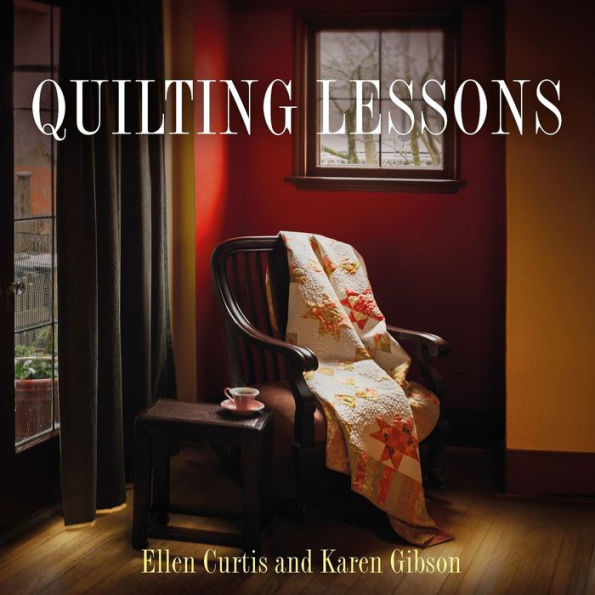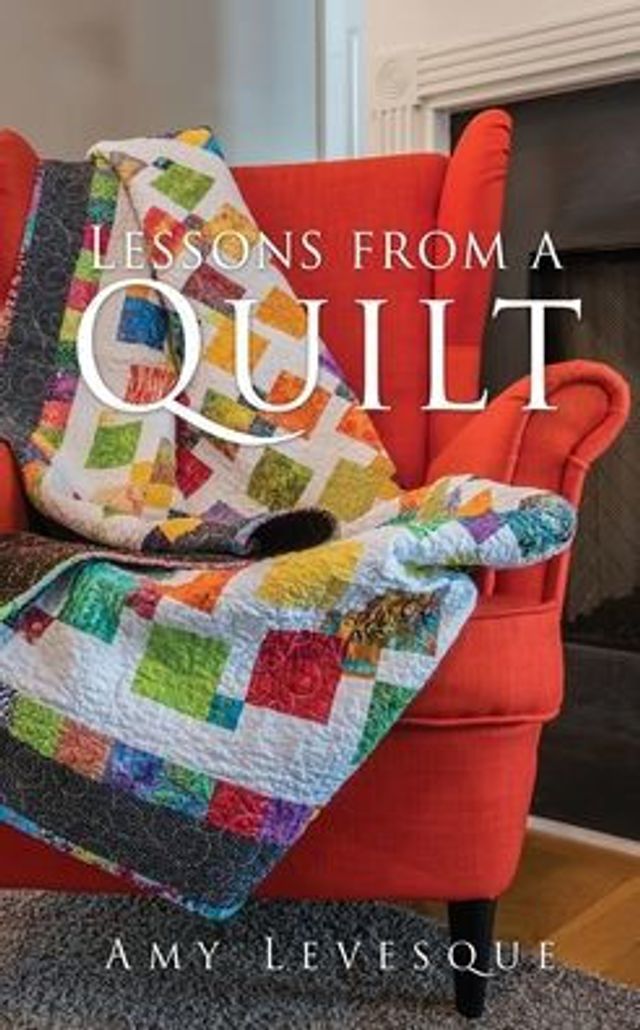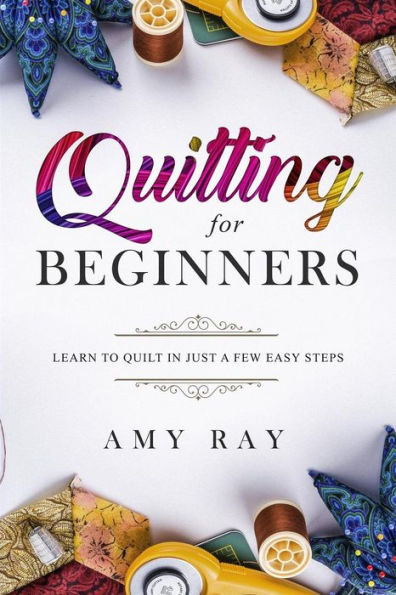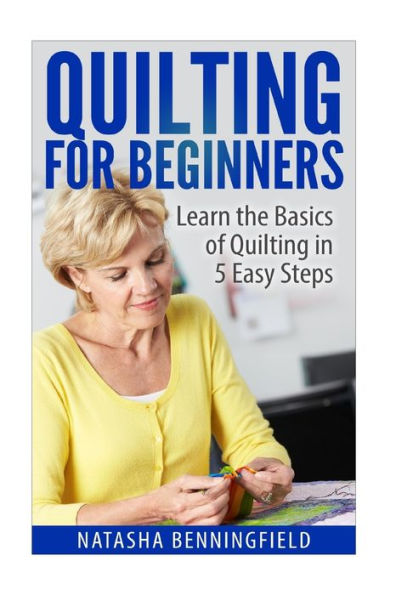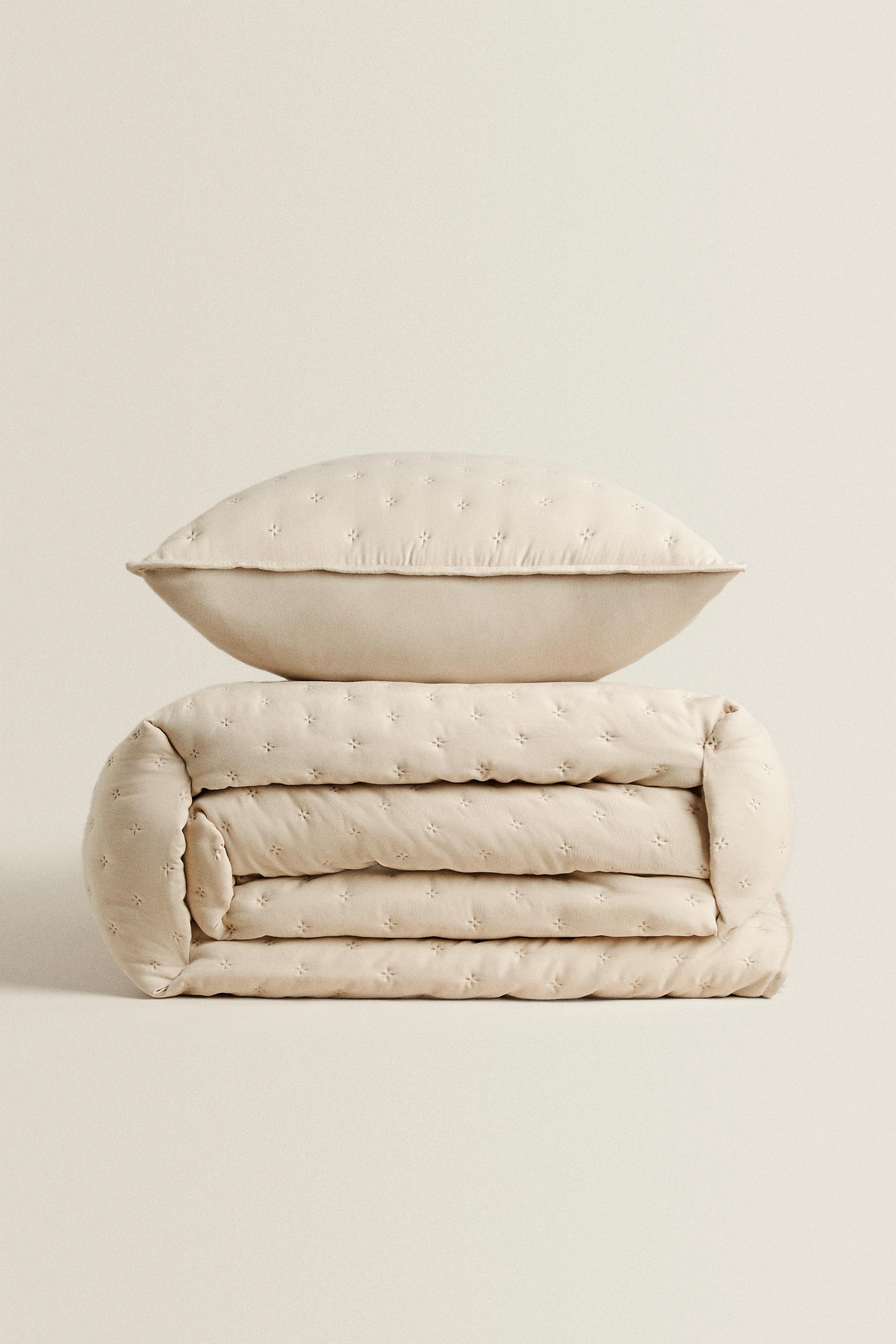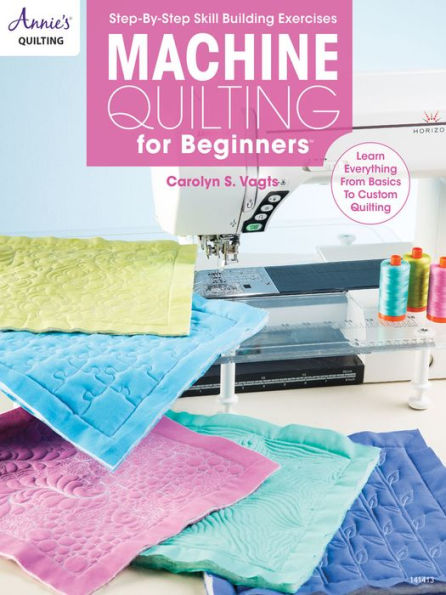Home
Learn to Quilt


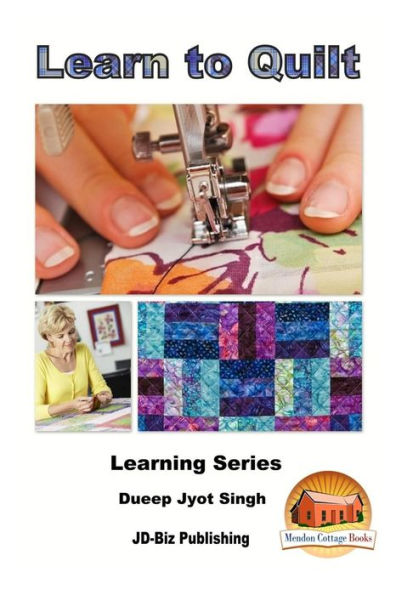
Learn to Quilt
Current price: $13.99
Loading Inventory...
Size: OS
Table of Contents
Introduction
Tools and Materials Needed for Quilting
Dressmaker pins
Thread
Scissors/fabric cutter
Fabric Markers
Iron and sewing machine
Quilting Terminology
Wadding and batting for stuffing
Patchwork Fabric
Choosing the right Fabric Tones, Shades, and Colors
Preparing the Fabric
Printed fabrics
Remember -
Using the Color Wheel
Different Sizes of Quilts
Borders and sashing
Backing and Binding for the Quilt
Cutting and Piecing the Fabric
Using Paper Templates
Machine Sewn Patchwork
Chain Piecing
How to Make a Pattern
Eccentric Star Pattern
Cat's Cradle
Different Well-Known Templates
Log Cabin
Flying Geese
Ohio Star
Shoo Fly
4 Patch Traditional American Quilt
9 Patch
5 Patch
7 Patch
Tumbling blocks
Road to Heaven
Windmill
Hopscotch
Double Pinwheel
Crockett Cabin
Spool and Bobbin
Flock of Geese
Crosses and Losses
Flower Basket
9 Patch Blocks
Darting Birds
Puss in the Corner
Different stitches used for Stitching
Stippling stitch
In the ditch Stitching
Assembling the Quilt
Conclusion
Author Bio
Publisher
I just finished Barbara Michael's rather horrifying book - stitches in time, where an antiques shopkeeper gets hold of a traditional wedding quilt, in which evil has been stitched with every stitch. This black magic is added to the wedding quilt by a helpless 17-year-old beautiful slave whose rather monstrous and spoiled, self-centered mistress intends to sell her off after her own wedding and then orders her to make her wedding quilt.
And evil is prayed into every stitch, every patch, every inch of the quilt cursing the mistress and her husband with death and destruction.
And that took me to the idea of writing a book on quilting. Quilting has long been a tradition in many places where things of beauty were made by a group of women gathering together and gossiping in their leisure time while they made something useful for their families.
In the East, traditionally was embroidery work done by the elderly women sitting in the sun, and stitching the clothes of their granddaughters. When one of my aunts got married, she wore a heavy veil of which every inch had been stitched lovingly by her friends every afternoon. That veil is, of course, 45 years old now, and a priceless heirloom. This was a traditional practice in many parts of the world, but also there was an age old practice of piecing together scrap patches of fabric and then sewing them by hand edge to edge to create decorative designs and patterns.
Do not confuse patchwork with quilting. These are 2 different art forms often done together. Patchwork has gone back millenniums, in ancient Egypt, Asia, Africa, and Europe, when pieces of cloth which had been so long around that you really could not be bothered to repair the garment were gathered together and made into something useful for the house.
